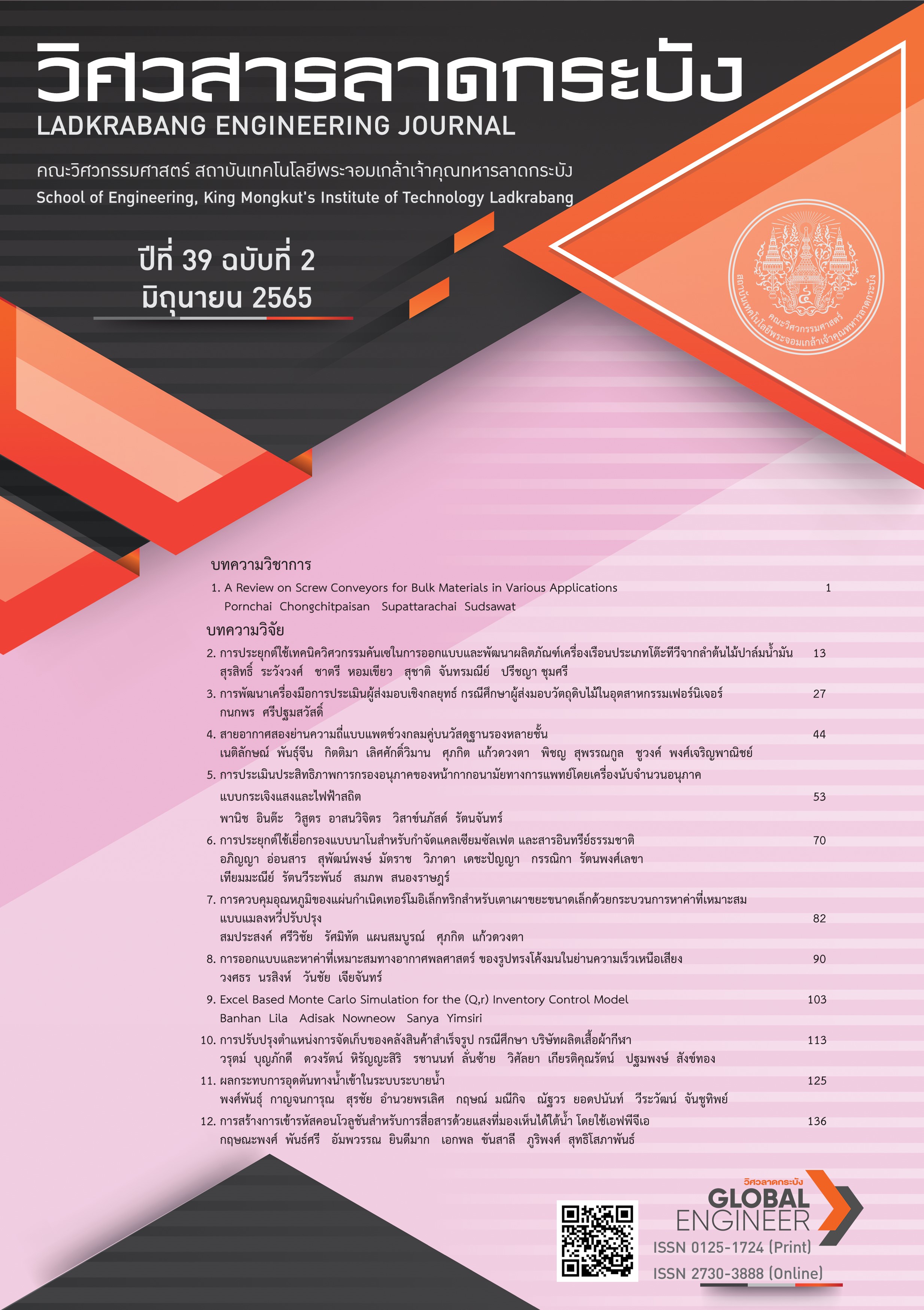Aerodynamic Design and Optimization of Supersonic Spin-Stabilize Round Body
Keywords:
Spin-Stabilized Projectile, CFD, Optimization, Kriging response SurfaceAbstract
The purpose of this paper is to design and analyze the aerodynamics characteristics of a spin-stabilized round shape body for enhancing the aerodynamic performance of projectile distance through supersonic regimes. In this research, the spin-stabilized round shape body 30 mm in diameters (XM-788 E1 and XM-789) are used as a benchmark model. In the first step, the static and dynamic aerodynamic coefficients of these shapes are evaluated using Computational Fluid Dynamic (CFD) in terms of K-ω SST turbulent model. The calculation results are then employed to validate with available experimental data to ensure the accuracy. Next, the Kriging response surface and Shifted Hammersley Sampling technique are used as an optimization method for drag minimization. CFD is then employed for drag prediction and stability analysis. The optimization result show that the optimized body provides up to 20.52% for drag reduction, while remaining statically and dynamically stable over the whole range of operating Mach number.
References
R. L. McCoy, “Aerodynamic characteristics of the 30mm XM788 and XM789 projectiles,” Ballistic Research Laboratories, Aberdeen, MD, USA, Rep. 2432, 1982.
P. R. Viswanath, “Flow management techniques for base and afterbody drag reduction,” Progress in Aerospace Sciences, vol.32, no. 2–3, pp. 79–129, 1996, doi: 10.1016/0376-0421(95)00003-8.
M. A. Suliman., O. K. Mahmoud., M. A. Al-Sanabawy and O. E. Abdel-Hamid. , “Computational Investigation of Base Drag Reduction for a Projectile at Different flight regimes,” in 13th International Conference on Aerospace Science &Aviation Technology, Military Technical College, Cairo, Egypt, May 26–28, 2009, pp.1–13.
A. Ibrahim and A. Filippone, “Effect of porosity strength on drag reduction of a transonic projectile,” Journal of Aircraft, vol. 44, no. 1, pp. 310–316, 2006, doi: 10.2514/1.23613.
J. M. Nicolas, “Optimal Bodies for Minimum Total Drag at Supersonic Speeds,” NSWC, Dahlgren, VA, USA, Rep. TR-80-208, 1980.
Van Dyke. M.J., “The Similarity Rules for Second-Order Subsonic and Supersonic Flow,” NACA Technical Note 3875, 1956.
E. R. Van Driest., “Turbulent boundary layers in compressible fluids,” Journal of the Aeronautical Sciences, vol. 18, no. 3, pp. 145–160, 1951, doi: 10.2514/8.1895.
W. Jiajan, R. S. M. Chue, T. Nguyen and S. Yu, “Optimization of round bodies for aerodynamic performance and stability at supersonic speeds,” Aeronautical Journal, vol.117, no. 1193, pp.661–685, 2013.
R. L. McCoy, “Linearized Pitching and Yawing Motion of Rotationally Symmetric Projectiles,” in Modern exterior ballistics, 2nd ed., Atglen, PA, USA: Schiffer Pub., 2012, ch. 10, pp. 221–238.
G. E. P. Box and N. R. Draper, “Introduction to Response Surface Methodology,” in Response surfaces, mixtures, and ridge analyses, 2nd ed., Hoboken, N.J., USA: John Wiley, 2007, ch. 1, pp. 1–16.
DesignXplorer Users Guide, ANSYS, Inc., Canonsburg, PA., USA, 2021, pp. 309–396.
F. R. Menter, “Two-equation eddy-viscosity turbulence models for engineering applications,” AIAA Journal, vol. 32, no. 8, pp. 1598–1605, 1994, doi: 10.2514/3.12149.
J. De Spirito, S I. Silton and P. Weinacht, “Navier-Stokes Predictions of Dynamic Stability Derivatives: Evaluation of Steady-State Methods,” Journal of Spacecraft and Rockets, vol.46, no. 6, pp. 1142–1154, 2008, doi: 10.2514/1.38666.
T. -T. Wong, W. -S. Luk and P. -A. Heng, “Sampling with Hammersley and Halton Points,” Journal of Graphics Tools, vol. 2, no. 2, pp. 9–24, 1997, doi: 10.1080/10867651.1997.10487471.
Downloads
Published
How to Cite
Issue
Section
License
Copyright (c) 2022 Faculty of Engineering, King Mongkut’s Institute of Technology Ladkrabang

This work is licensed under a Creative Commons Attribution-NonCommercial-NoDerivatives 4.0 International License.
The published articles are copyrighted by the School of Engineering, King Mongkut's Institute of Technology Ladkrabang.
The statements contained in each article in this academic journal are the personal opinions of each author and are not related to King Mongkut's Institute of Technology Ladkrabang and other faculty members in the institute.
Responsibility for all elements of each article belongs to each author; If there are any mistakes, each author is solely responsible for his own articles.






